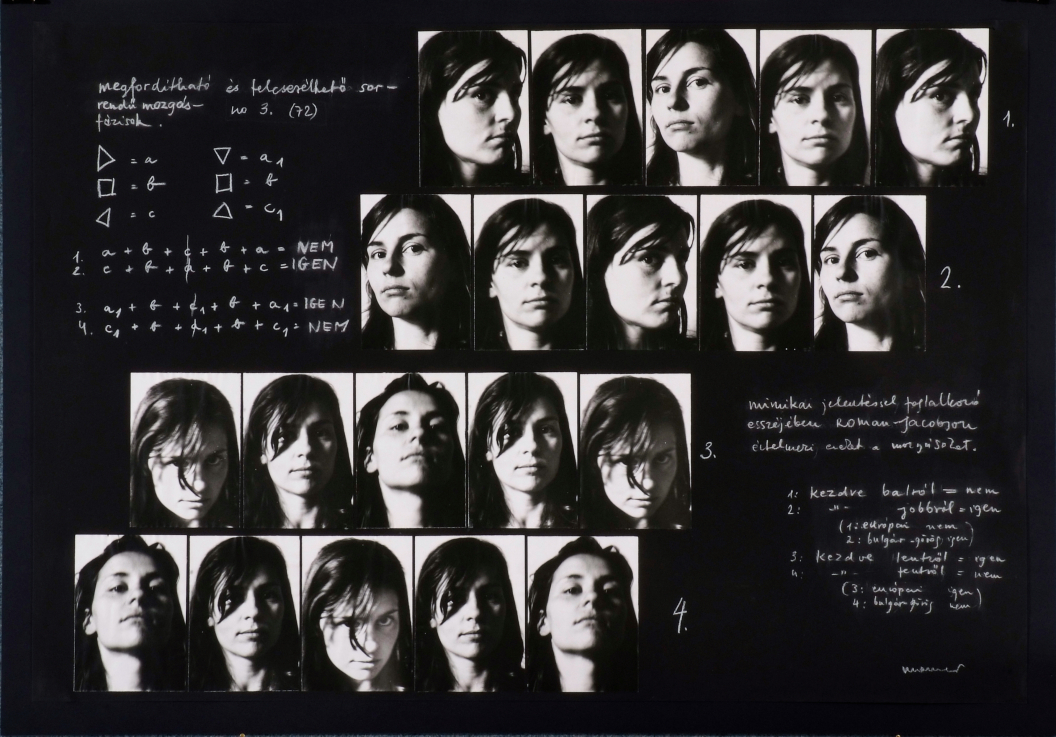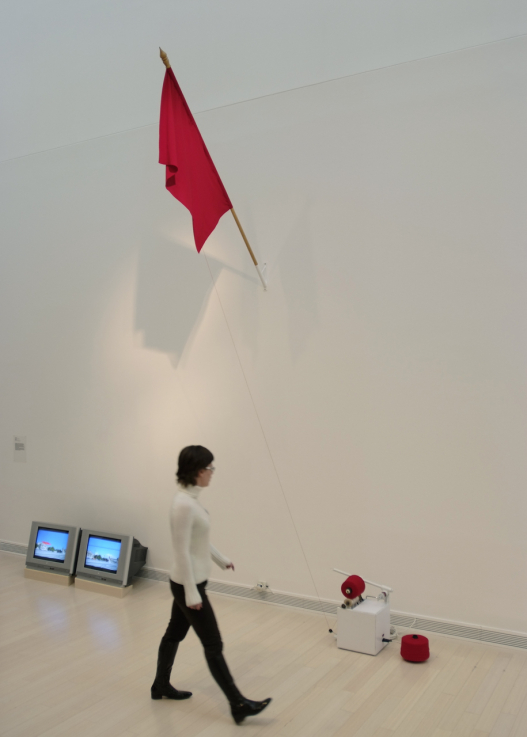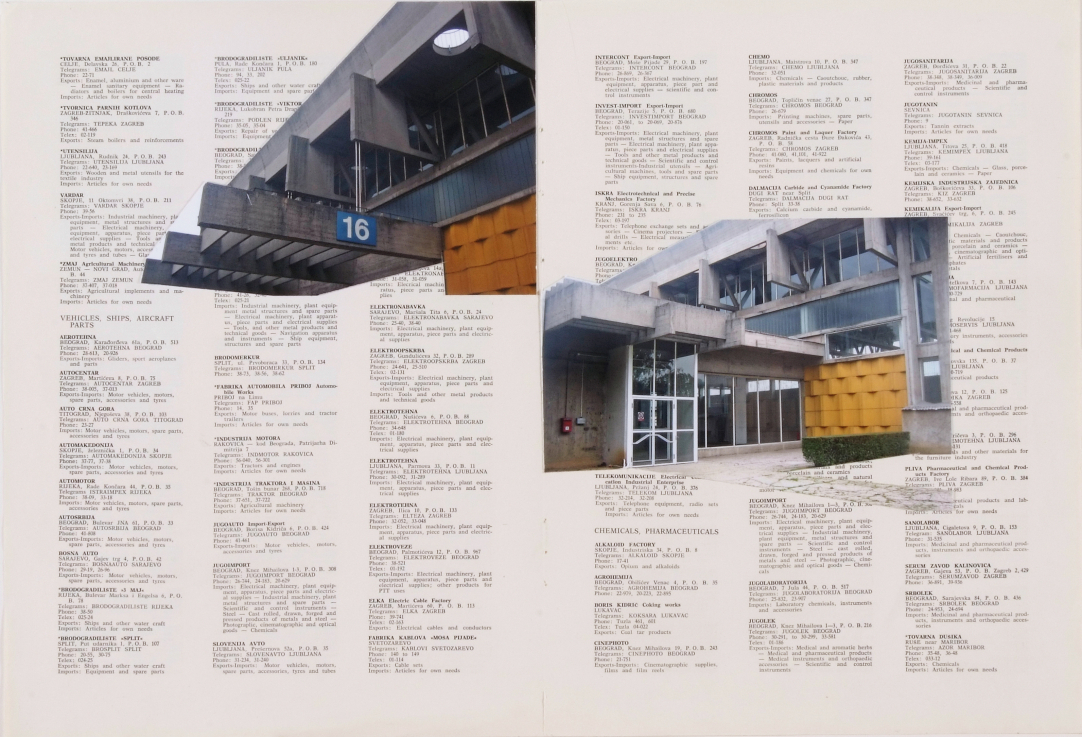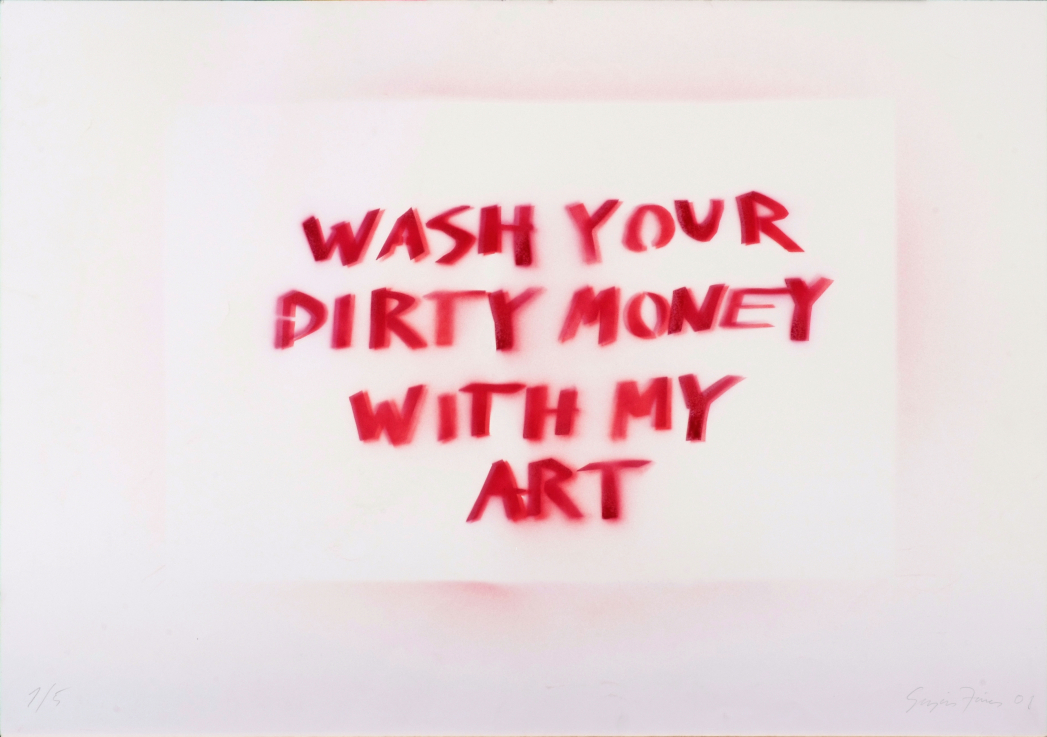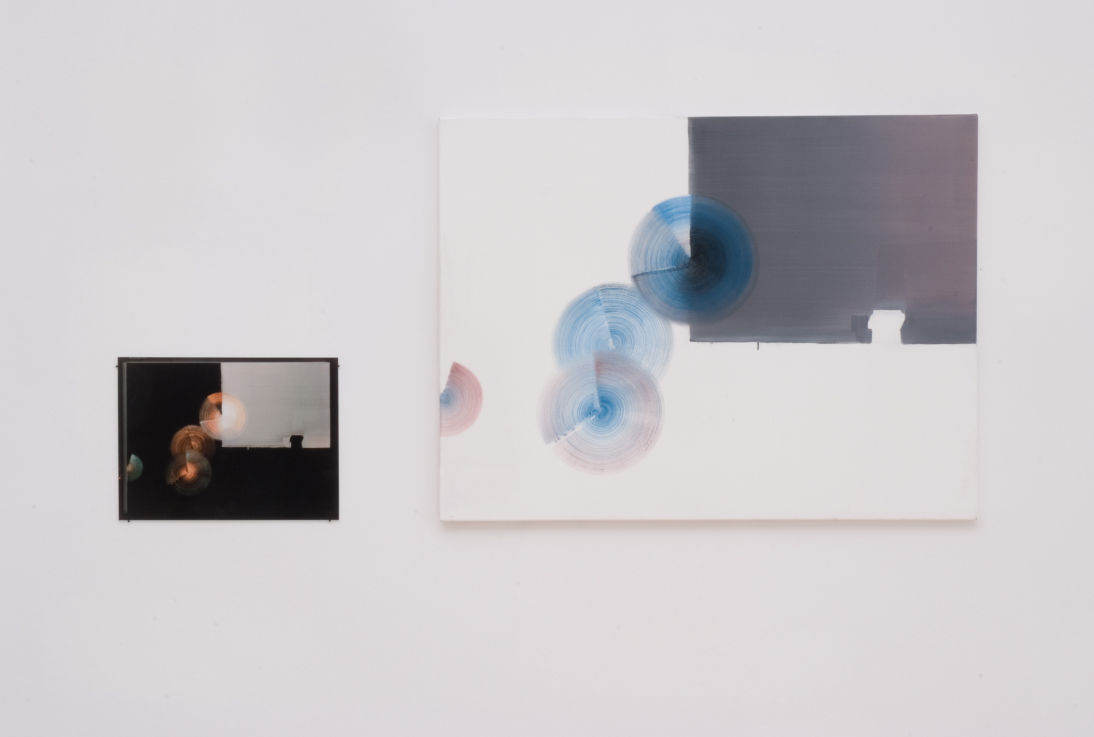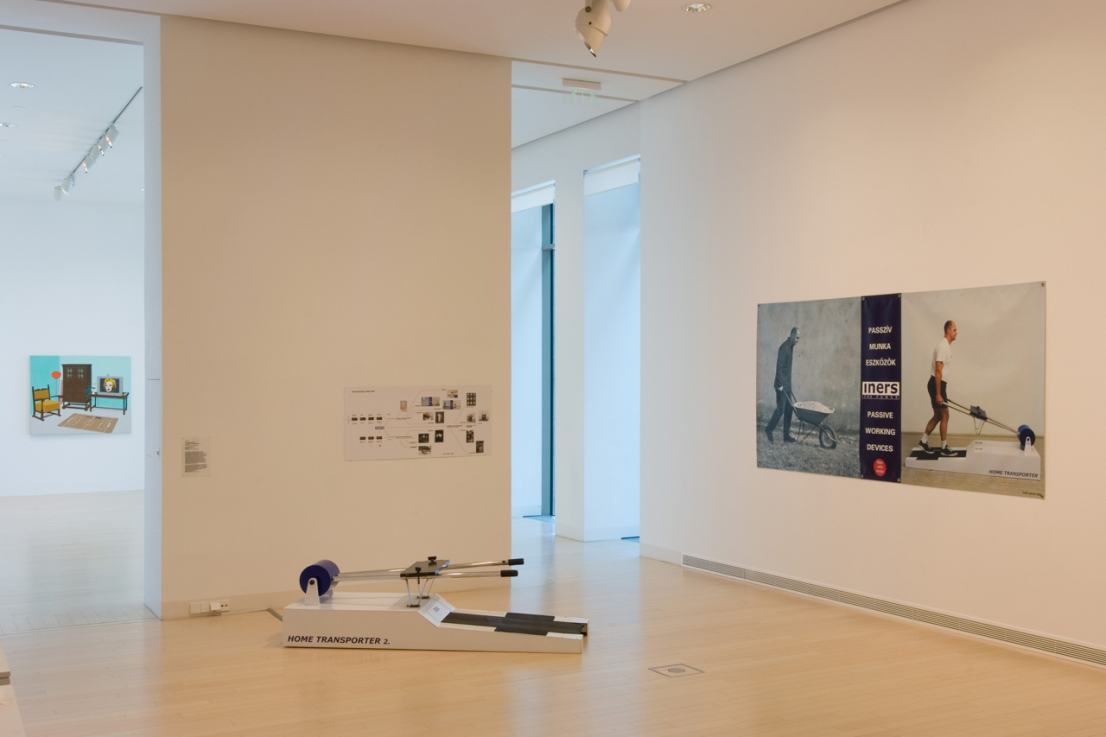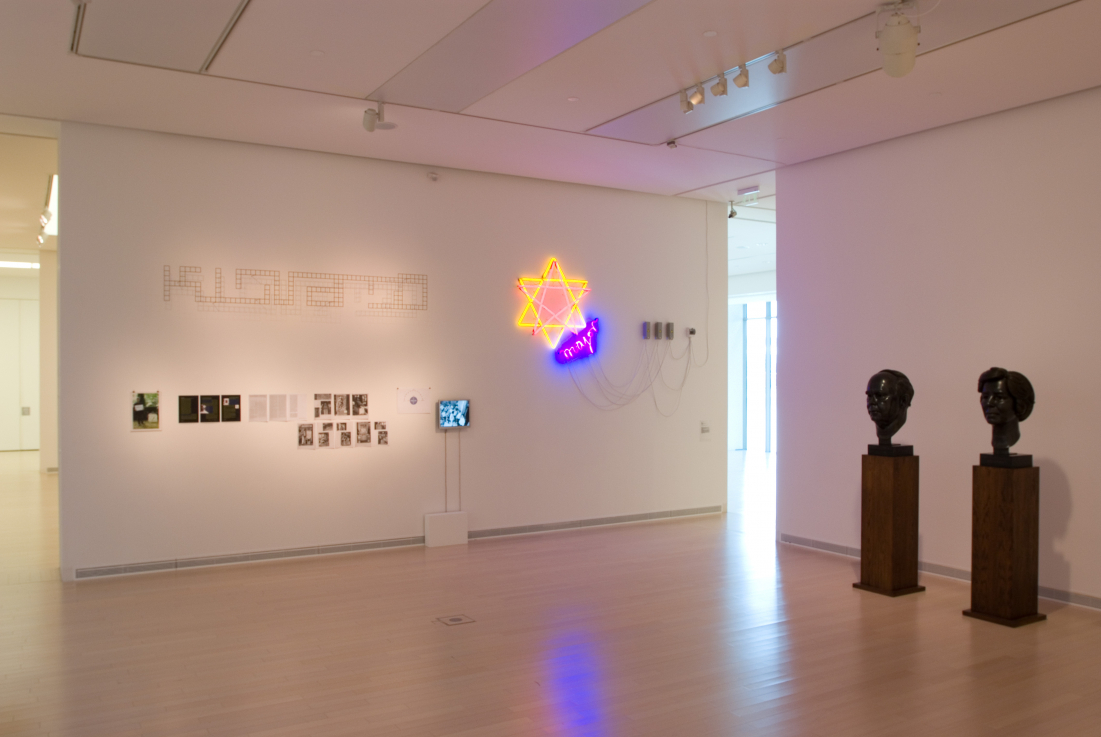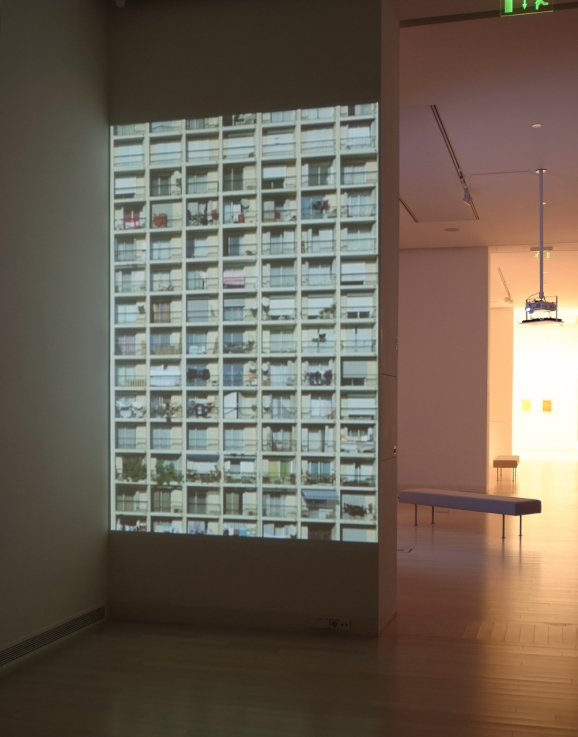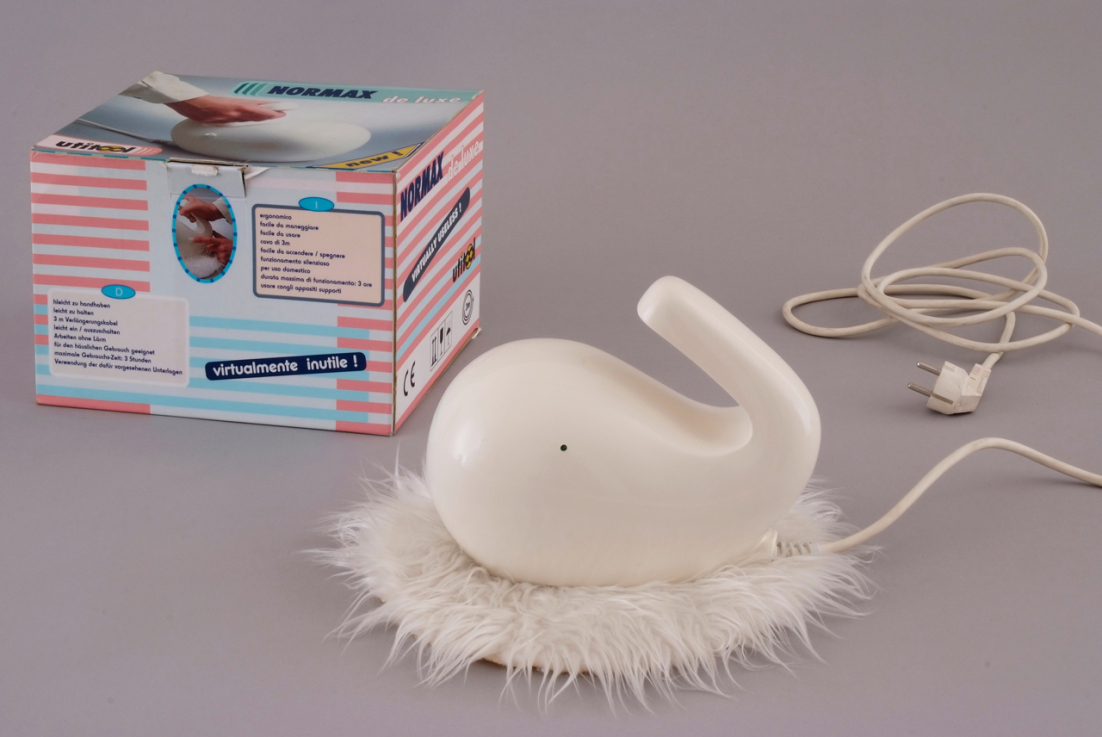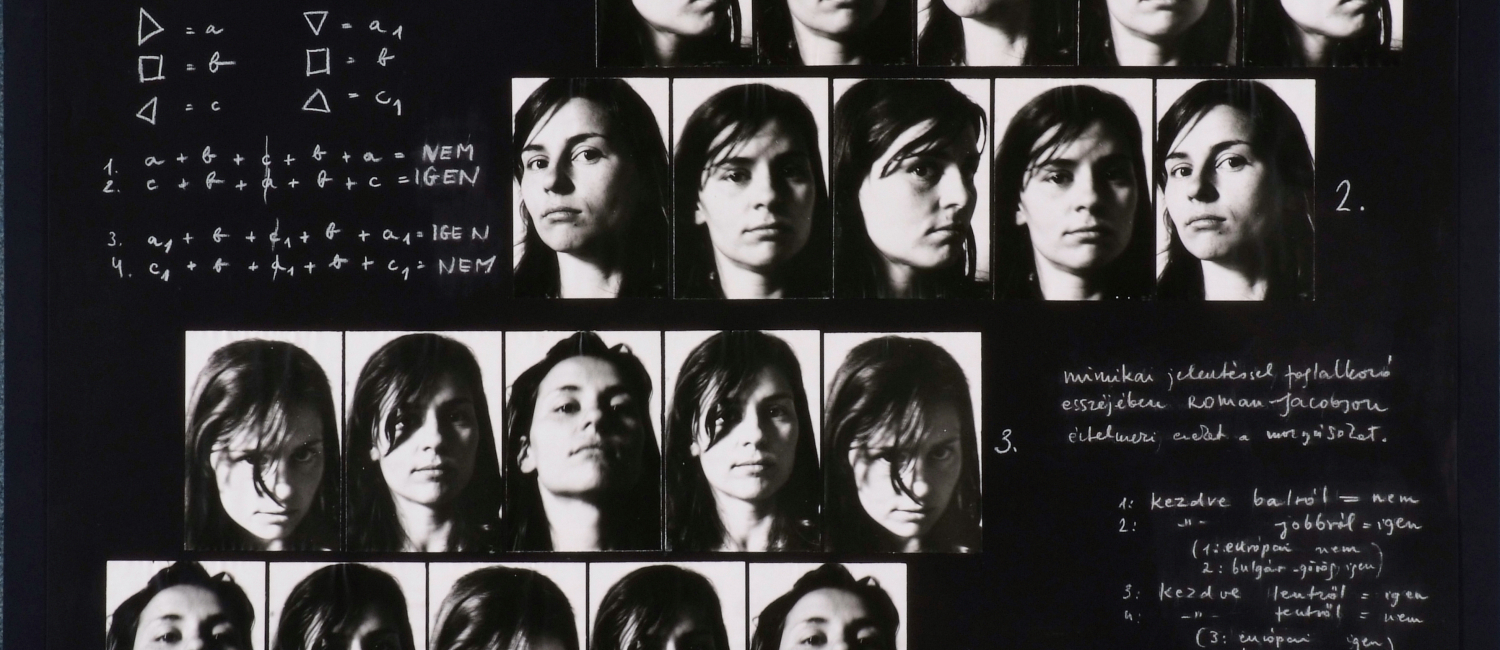Our new exhibition New Acquisitions / Works Long Unseen aims to revive a type of show that unfortunately (although understandably) has been neglected in recent decades. In this exhibition, by which we hope to establish a new tradition, we primarily offer the public works that have come to the Ludwig Museum's collection in the relatively recent past. Half of this exhibition – the show's main focus – presents works purchased by or donated to the Museum in the past two years, as an outline of our new collecting strategy. At the same time though, we have also here selected works that have been part of our collection from its very beginnings, whether as donations or long-term loans, yet many of which have not been on public display in recent years, and some indeed have never been. Hence we present the Museum's rich holdings from another, less-familiar angle at the same time.
The basis for the collection at the Ludwig Museum of Contemporary Art was formed by the German collectors Peter and Irene Ludwig, a couple who donated 70 works in 1989, then offered 95 more pieces for long-term loan in 1991; this material offers a representative overview of currents in art from the second half of the 20th century. These assembled works became the foundation in the early 90s for a contemporary art museum in the spirit of its founders' original intentions, presenting the works of Hungarian artists in an illustrative, international context. With the founding of today's Museum in 1996, Hungarian contemporary art was given a publicly-funded, professionally independent institution for the collection, preservation, scholarly interpretation and display of visual art from the 60s to the present. Beyond its value as a pure museum, the Ludwig can also help to form collective memory, to develop the society's capacity for self-reflection, to expand the role of cultural identity in the reinforcement of social cohesion and make accessible to a wide audience the critical thinking of the leading exponents of contemporary art.
The Ludwig Museum of Contemporary Art is not the only public collection in Hungary to collect contemporary works, but it remains the only one that presents Hungarian and international artists together in a shared forum. As the Ludwig Museum, it participates in an international network of more than ten museums from Cologne to St. Petersburg to Beijing; its professional reputation, built up over a period of decades, confers on the Museum an unparalleled level of prestige in the international art world. Given the Museum's geopolitical location, its size, its holdings, and its tradition of collecting, it presently plays a determining role on the world contemporary art scene as its regional center for Central Europe.
Crucial to the Ludwig's acquisition strategy is that its constantly-growing collection represent with the highest professionalism the primary historical and contemporary tendencies and international artists of the region, thereby integrating the Hungarian art scene into that of the world at large and playing an active role in the canonization of the art of recent decades. In our acquisitions we place particular emphasis on the still-affordable works of the region's young and promising artists, while simultaneously seeking to acquire works of established Hungarian and international figures in their more mature creative prime. Another of our prime missions is the research and preservation of what might be playfully termed “archaeological evidence”: works reflecting the progressive tendencies of the 60s and 70s that are still obtainable. We try to find a place for these in the appropriate collections.
Despite the negative economic climate, the Ludwig Museum strives constantly to expand its collection. In addition to our own acquisitions funds, supported by our own budget, and support obtained through public grant projects supported by the Ministry for Education and Culture, and the National Cultural Foundation, our funding for the purchase of the works of international artists is provided primarily through the generous help of the Ludwig Foundation in Aachen. We here thank them for their support, which has allowed the leading artistic achievements of contemporary culture to form, through the Museum's collection, a part of the national cultural identity.
Barnabás Bencsik
Director
-translated from the Hungarian by Jim Tucker
